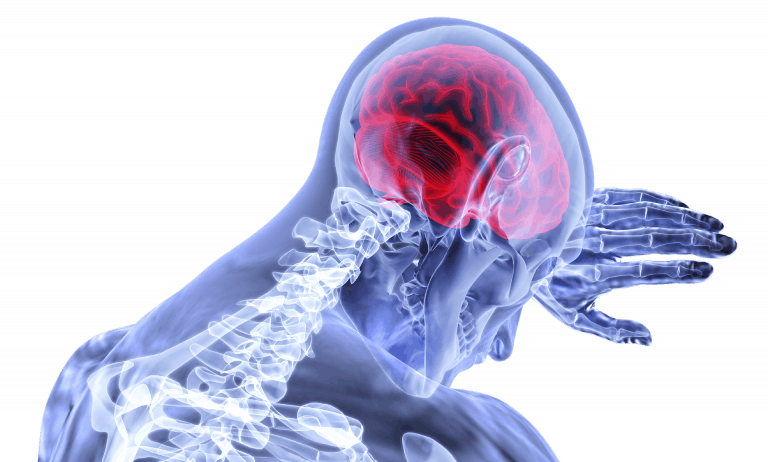Rheumatic diseases are perceived mainly as problems of the musculoskeletal system, which result from incorrect postural habits or progressive ageing process which lead to spoiling changes in the musculoskeletal system. As it turns out – this is not always the case. An example of that would be a health state called dermatomyositis. Find out what this disease is and how to deal with it!
What is dermatomyositis?
Dermatomyositis is one of the varieties of the popular rheumatic disease called myositis. This disease develops twice as often in women than in men. A characteristic feature of this pathology is the occurrence of dermal changes with existing disorders of the muscular system. Moreover, very often dermatomyositis can lead to the involvement of other parts of our body. Among others, in the oesophagus and muscular system of the digestive or respiratory system. It is assumed that in over 30% of patients, interstitial lung pathologies occur, which can result in fibrosis state of this organ.
Causes of dermatomyositis
The aetiology of this disease is not well known even for modern medicine. Scientists accept several mechanisms of its formation. Some of them state that dermatomyositis may occur due to a malfunction of the immune system, which results in the characteristic phenomenon of cellular auto-aggression. This means that our body attacks its own cells on its own.
The reason for the disturbing operation of the autoimmune system may be various types of bacterial, parasitic or viral infections. Excessive physical exertion, too frequent exposure to ultraviolet radiation (e.g. excessive sunbathing or tanning) or the use of certain pharmacological agents are also very often indicated.
Symptoms of dermatomyositis
The disease itself begins with the general weakness of the body, which is accompanied by fever, slow weight loss and malaise.
Afterwards, symptoms from the muscular system are manifested primarily by a significant decrease in muscle strength. They mainly affect the shoulders, thighs, neck and oesophagus. The result can be an impairment of simple activities such as speech, breathing, swallowing, movement or keeping the head upright. In addition, pain and stiffness develop within the joints.
In addition to the above changes, too often there is excessive thickening and cracking of the skin of the hands, diffuse alopecia or excessive body hair, which is known as hypertrichosis.
Dermatomyositis - treatment
In order to know about the presence of the presumed disease, you must undergo diagnostic tests beforehand. We are talking mainly about a blood test, where the OB and the level of muscle enzymes in the blood are checked. In addition, it is worth using EMG to check the condition of the muscular system and a biopsy (from the deltoid muscle).
The therapy itself is primarily based on the use of immunosuppressive drugs, which aim to alleviate and decrease the activity of auto-aggression response of our immune system and the inflammatory process that occurs in the result. This therapy should last from 4 to 6 weeks and be based primarily on prednisone. If this drug remedy has no effect, it is recommended to add other agents with similar effects. However, if the immunosuppressive therapy does not bring results, you should use drugs based on immunoglobulins, which are given to the patient from 3 to 8 months onward.






